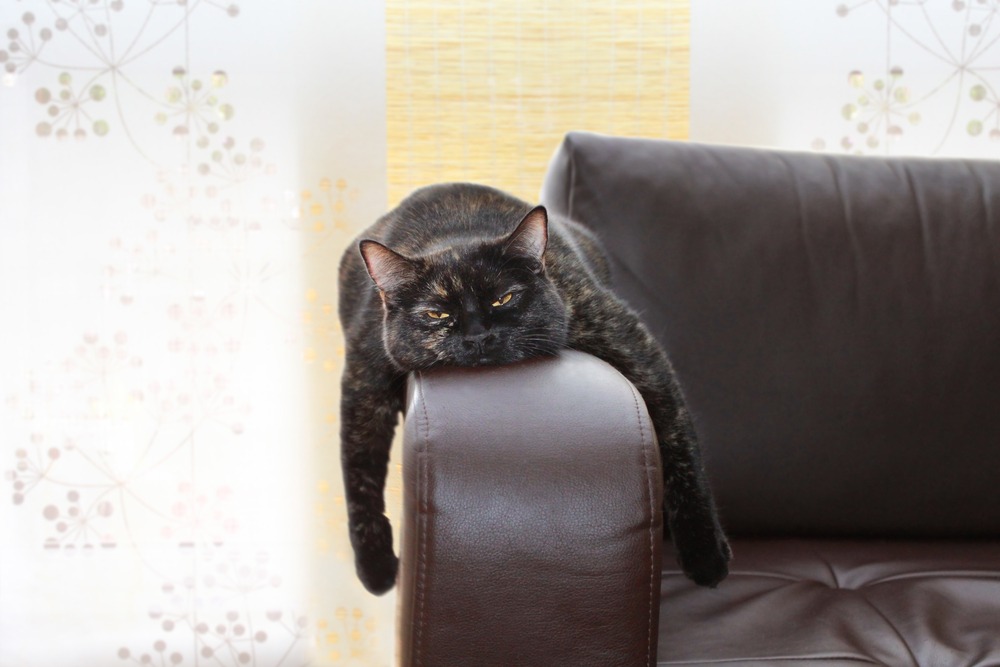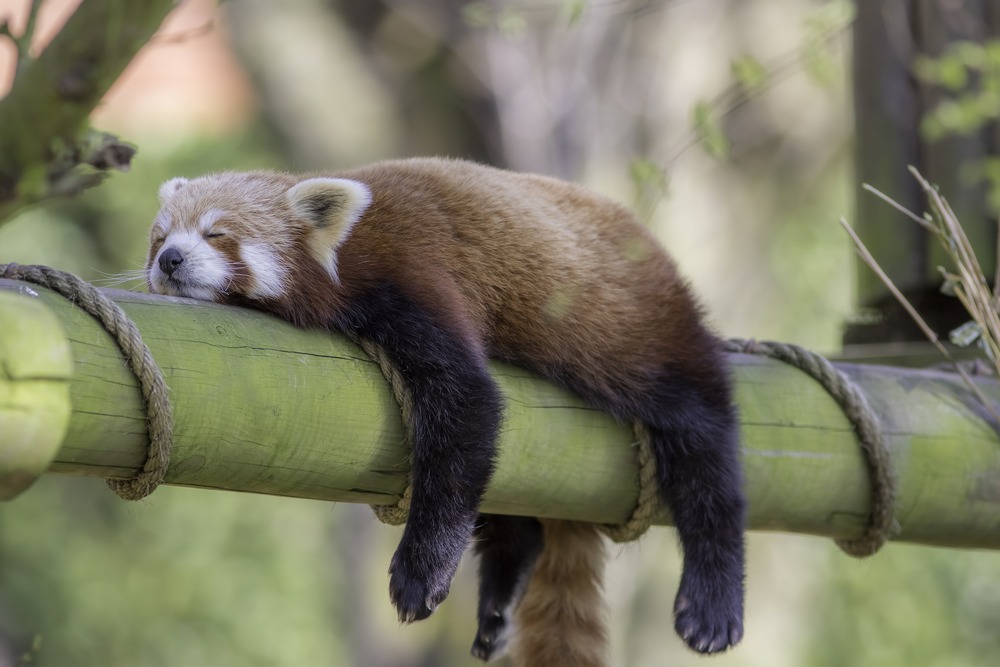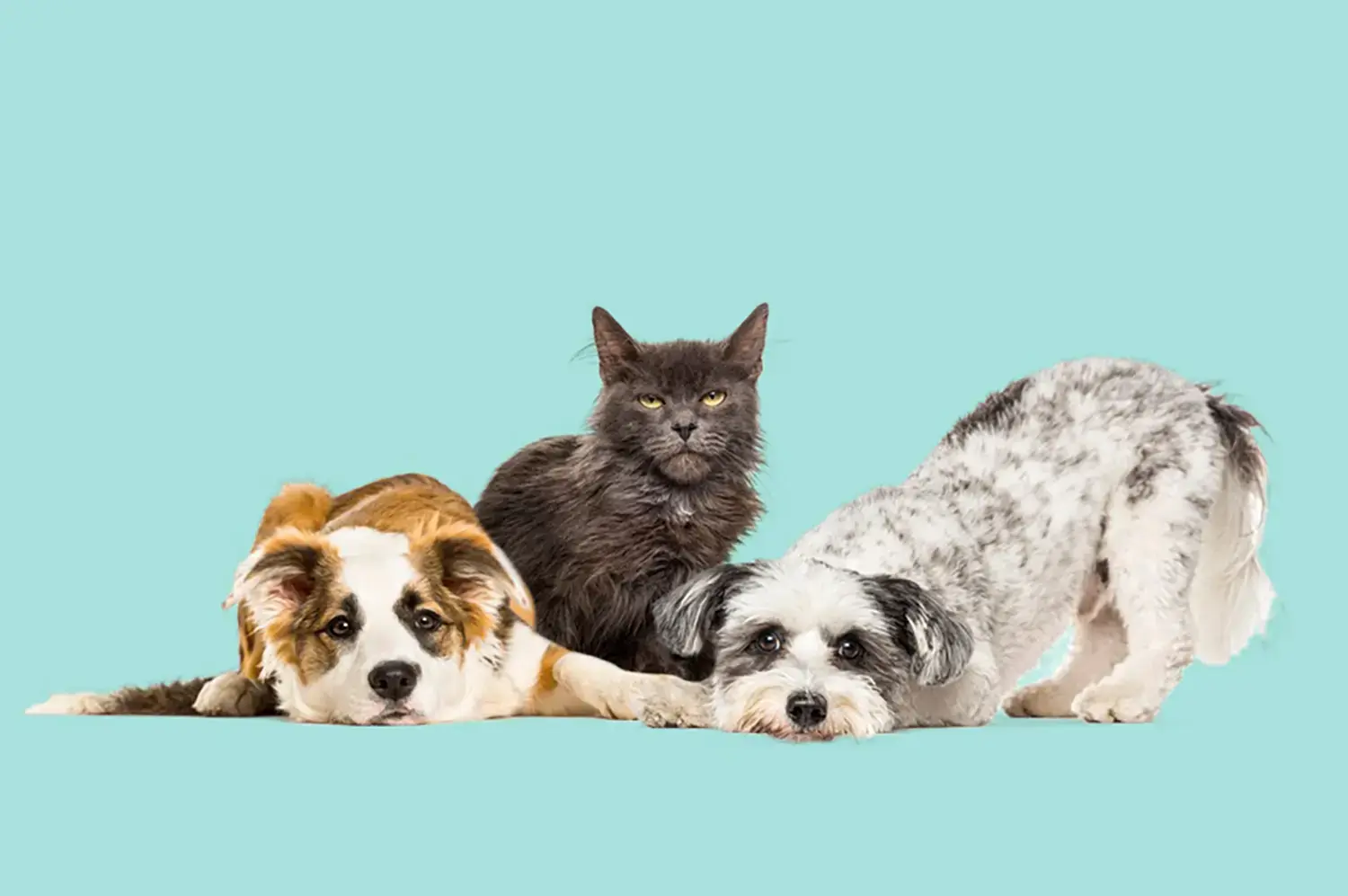Alcohol Awareness Week: Are you ready for a change?
This article was published in the Wellbeing online magazine to contribute to Alcohol Awareness Week UK 2022. You can find the link here.
Alcohol Awareness Week this year falls on the week of 18th November. Every year, there is a theme, and this year’s is Change. Change can be scary, let’s admit it. Many people avoid Change for as long as possible, even when they hear it knocking on their door.
Change can bring a sense of fear and uncertainty because we may be leaving behind our lives as we know it. Even if it affects only one area, Change can also create reverberations in other spheres. Change pushes us away from the comfortable spot we had occupied for some time and moves us somewhere where there might not be another well-worn armchair to sit on. Maybe even where we will have to build one from scratch.
When Change involves our alcohol consumption, the adjustments will likely be much more complicated. They won’t just include addressing our habits but also the reasons why we drink, which are usually varied and layered. Adjusting to this Change also means driving against social norms that we have been absorbing since we were born and which make alcohol an omnipresent companion from the cradle to the grave, literally.
Drinking alcohol is the accepted behaviour on every social occasion that doesn’t involve breakfast, unless, of course, you are on holiday, because then the beer pic at the airport is something that would be rude not to have. Whether it’s a baptism, wedding or funeral, alcohol is there. Baby showers, birthdays, parties, leaving dos, winter festivities, graduations, dinners, holidays, networking events, walks with alpacas, alcohol is that thing that you take for granted being there, and when it’s not, something is missing or wrong with the picture. It just doesn’t feel right.
UK Drinking Guidelines
The 2016 UK ‘drinking guidelines’ put at 14 units of alcohol a week the recommended threshold for this substance and stress the importance of having free-drinking days in the week and abstaining from binge drinking to ensure that the harm made from alcohol is kept low. To clarify, 14 units of alcohol is the equivalent of 6 pints of a 4% ABV beer or a bottle and a small glass of wine of 13% ABV. The NHS defines “binge drinking” as consuming more than eight units in a single session for males and more than six units for females, which roughly equal slightly more than 3 pints of 5% ABV beer for men and just over 2 pints of 5% ABV beer for women.
Just how helpful are these ‘drinking guidelines’?
It is worth noting that these units do not constitute a threshold for healthy or safe drinking. Research has widely documented that there is no safe level of alcohol, and what the above limits do is just cut the health risks. When people think about the health dangers linked to alcohol, their mind goes straight to the cirrhosis of the liver. But as well as the multiple physical maladies that alcohol causes or contributes to, research studies have shown that it is linked to at least seven different kinds of cancer: mouth, throat, voice box (larynx), oesophagus, colon and rectum, liver and breast (for women). It’s not that good for mental health either, as it disrupts the normal function of some neurotransmitters in the brain and, among many things, dysregulates the nervous system by causing anxiety and depression. Also, if you have any mental health issues, adding alcohol to the mix, even in small doses, can be a recipe for disaster.
The drinking spectrum
Drinking problematically is unfortunately accepted in British society and sometimes even encouraged. On the other hand, being sober, teetotal or alcohol-free, whichever “label” you prefer, is almost treated like a weird thing and associated with the consequence of being an “alcoholic”. Fortunately, this term is gradually becoming archaic because it erroneously creates a divide between “normal drinkers” and “problem drinkers”.
The landscape is not that clear-cut but with many nuances in between. Drinking is a spectrum, where there is abstinence on one end and severe Alcohol Use Disorder (AUD) at the farthest end of it. And we are all there, scattered across this spectrum, where we can move backwards or forwards according to how much our drinking use changes.
As the renowned addiction and trauma expert Gabor Maté stated, “The addiction is neither a choice nor a disease, but originates in a human being’s desperate attempt to solve a problem: the problem of emotional pain, of overwhelming stress, of lost connection, of loss of control, of a deep discomfort with the self.”
Nobody is born an “addict”. Addiction develops the same way habits do; the earlier we catch it, the easier it is to avoid. When we go to a party, and our first instinct is to go and get a drink to calm our social anxiety about being around people we don’t know; we are self-medicating. When we drink a bit more to gain confidence to sing Karaoke at our local pub, we weaken our ability to build that confidence. When we can’t have fun on a night out without getting drunk, we are telling our brain to stop producing endorphins and dopamine naturally because alcohol will release them in quantities that are far richer than what our brain would produce. By doing so, we are programming our brain only to have pleasant sensations associated with alcohol and not with the people that we are going out with or with the activities that we engage in.
Changing perceptions
Change in how alcohol is perceived, though, is happening, and it’s there to stay and spread. “Quit-Lit” books telling the stories of successful men and women who chose sobriety over a life of depression, misery and hangovers are multiplying. Facebook groups supporting people to quit or moderate are proliferating. Websites offering courses on changing the attitude towards drinking habits are growing. Sober bars are opening. There are only a handful, but they exist.
The supermarkets have now dedicated sections of alcohol-free options that we sober people could have only dreamt about just a few years ago. Most spirits, wines, and beers have their alcohol-free counterparts, and every pub offers an alcohol-free alternative, sometimes even on draught. We are not relegated anymore to being treated as children, having our options limited to juices and fizzy drinks when going out. We are treated like adults who have chosen to look after our bodies and minds and reclaim our space in a world we do not want to be kept out of.
Discovering ourselves again
Thanks to all of this, people find the encouragement and the strength to stop before it’s too late. They can find the strength in the numbers of those who have defeated the “wine o’clock”. And when they stop, they discover themselves again. They realise they can do so much more with the time they now have, and they can now do it because the hangovers are not draining away their energy like vampires. You don’t have to see yourself as a problem drinker to start thinking about changing your drinking habits. A pounding head one too many times is enough.
Yes, Change can be scary, but it can be done, and it all starts with being aware of the impact that alcohol has on our overall well-being. It’s about replacing the FOMO with JOMO, the Joy of Missing Out because of everything you can gain instead. So many people are doing it right now, and there are many different kinds of resources around like never before. And we can use some of them, or all, try them out and pick and mix as we like. There isn’t one way, there are many, and it’s up to you, and only you, to decide how to get there.



